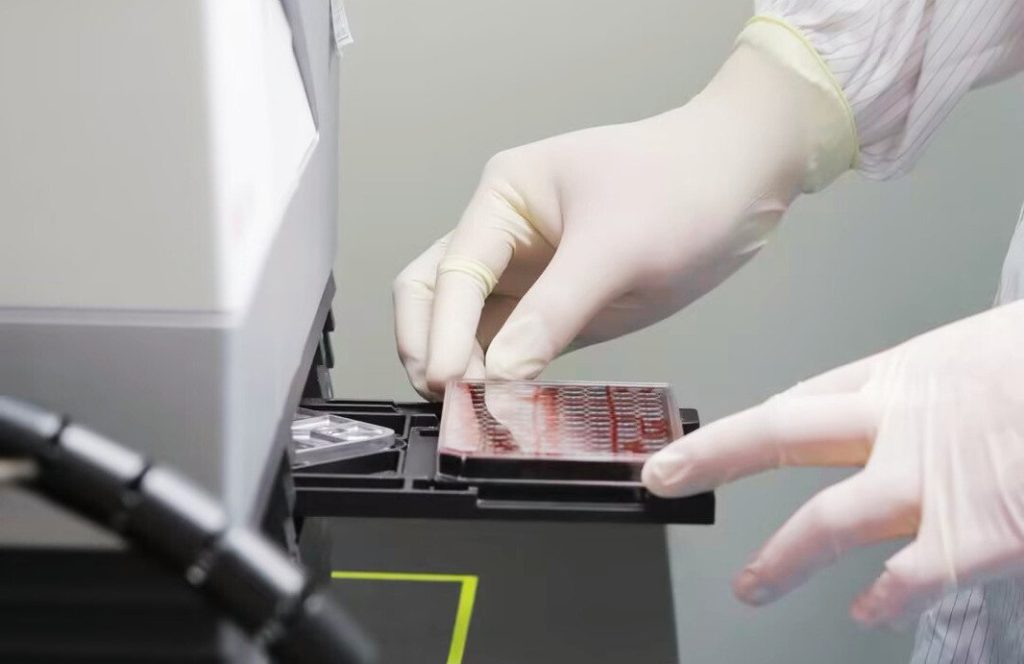The steps of protease inhibitor testing may vary depending on the specific experimental purpose, sample type, and type of inhibitor used. However, I can provide a general framework of basic steps for protease inhibitor testing in mammalian cell or tissue samples, which typically involve key steps such as sample preparation, inhibitor treatment, and protease activity detection.
Basic steps of protease inhibitor test
Sample preparation
Cell or tissue collection: Collect mammalian cell or tissue samples according to experimental needs. Ensure that the sample is kept at a low temperature during the collection process to reduce protease activity.
Sample processing: For tissue samples, homogenization is usually required to release intracellular proteases. This can be achieved by adding protease inhibitors to pre cooled buffer solutions (such as PBS) and using methods such as glass homogenizers or ultrasonic disruptors.
Removing impurities: Using methods such as centrifugation to remove cell debris, sediment, and other impurities from the sample, obtaining a clear sample solution.
Inhibitor treatment
Inhibition selection: Choose the appropriate protease inhibitor according to the experimental purpose. Different protease inhibitors have different specificities and can inhibit different types of proteases.
Determination of inhibitor concentration: Determine the appropriate inhibitor concentration based on experimental needs and the inhibitor’s instructions. Pre experiments are usually required to determine the optimal concentration.
Inhibition addition: Add a determined concentration of inhibitor to the sample solution, mix thoroughly to ensure sufficient contact between the inhibitor and protease.
Protease activity detection
Selection of Enzyme Activity Measurement Method: Choose the appropriate protease activity measurement method based on the experimental purpose and sample type. Common methods include colorimetric method, fluorescence method, electrophoresis method, etc.
Reaction system setup: Set up a reaction system that includes samples, inhibitors, and substrates. The substrate should be matched with the protease to be detected to ensure the specificity of the reaction.
Reaction condition control: Control the temperature, pH value, and other conditions of the reaction system to ensure that the protease exerts its activity under optimal conditions.
Enzyme activity assay: Perform protease activity assay according to the selected method. It is usually necessary to measure the production of reaction products or the consumption of substrates to reflect the activity of proteases.
Data analysis
Result recording: Accurately record experimental data, including enzyme activity measurement results, inhibitor concentration, etc.
Data analysis: Conduct statistical analysis on experimental data, compare the changes in protease activity under different inhibitor treatments, and evaluate the inhibitory effect of inhibitors.
Conclusion summary: Based on the data analysis results, summarize the experimental conclusions, discuss the effects of inhibitors on protease activity and their potential applications.
matters needing attention
During the experiment, laboratory safety regulations should be strictly followed and appropriate personal protective equipment should be worn.
The use of inhibitors should follow the guidelines in the product manual to avoid overuse or misuse.
During sample processing and enzyme activity determination, attention should be paid to avoiding contamination and cross contamination.
The experimental results may be influenced by various factors, such as sample type, inhibitor type and concentration, reaction conditions, etc. Therefore, these factors should be fully considered when conducting data analysis and summarizing conclusions.
Please note that the above steps are only a general framework, and the specific experimental steps may vary depending on the experimental purpose and conditions. When conducting protease inhibitor experiments, it is recommended to refer to professional literature and experimental guidelines in the relevant field to ensure the accuracy and reliability of the experiment.
Share on:
Facebook
Twitter
Pinterest
WhatsApp
Recent posts
We recommend


